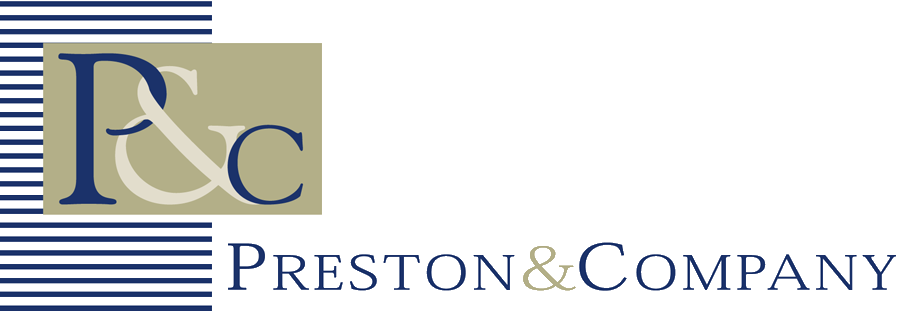Diversity and inclusion have never been more top of mind than right now.
If you look at Google search data for the phrase, “Diversity and Inclusion”, you’ll notice a steady increase in search queries over the last five years with a huge surge after May 25th 2020, the exact day George Floyd was killed.

Between national protests, civil unrest, and a long overdue call for equality, now more than ever is the time to overhaul your diversity and inclusion program.
While there’s no clear, universal strategy to promote a wildly successful diversity and inclusion culture, there are a number of practical strategies your business can implement today to build out a meaningful and effective program – regardless of where your business is at in its diversity and inclusion journey.
This blog provides five practical strategies your company can use now to promote a lasting and effective diversity & inclusion program.
Corporate Diversity and Equality Test
Before taking active steps to improve your diversity and inclusion, it’s important to know where your company currently stands. Start by developing a series of metrics that you can use to measure your progress. Listed below are just a handful of examples to help get you thinking about how to measure diversity specifically.
Measuring Diversity
- What percentage of your workforce is male?
- How many different ethnicities are represented at your company?
- What percentage of females are in leadership positions?
- How diverse is the executive team?
After your baseline metrics are established, gauge what your employees currently feel about diversity at your workplace. Send out a survey to every employee that asks targeted questions like:
- Do you feel that the leadership team at (Your Company) is committed to diversity?
- If you had to rank (1-10) the current status of diversity at (Your Company), what number would you give us?
- Do you feel like you’ve had adequate unbiased racism training?
- Would you be interested in participating in a diversity council?
Once you have your answers, you can begin to work towards improving them.
Measuring Inclusion
Inclusion is a little trickier to measure since most of the metrics will need to be collected from survey results vs. demographics. Similarly to how you gauge diversity, send out a survey (preferably at the same time as the diversity survey) asking your employees how they would rank inclusion at your company. Here’s a few example questions:
- On a scale of 1 to 10, I feel like I belong at (Your Company)
- True or false, my voice matters at (Your Company)
- I feel that (Your Company) does a good job at providing an inclusive workplace for everyone
- What things could (Your Company) do today to make me feel more at home in the office?
If done right, your survey will uncover baseline metrics that you can later use to compare results. If all goes well, you’ll have some tangible goals to aim for that showcase improvement.
Form a Diversity and Inclusion Committee
As an employee, having your voice heard, respected, and valued is an essential ingredient for a prosperous employee/employer relationship as well as a catalyst for stellar workplace inclusion. One of the best ways to help improve diversity and inclusion is to form a committee where everyone can have their voices heard and make meaningful changes.
Before forming the official diversity and inclusion committee, be sure to have a clear mission statement that supports your company’s values. Next, assemble a team of unique individuals who value your mission. Establish weekly, monthly, or quarterly meetings and delegate tasks to help build a lasting diversity and inclusion culture at your company.
Deploy Meaningful Tactics to Attract Diverse Talent
Perhaps the simplest way to boost diversity at your workplace is to hire more diverse talent. After all, 67 percent of job seekers say diversity is an important factor when considering a job at a company. The challenging part is how to find, attract, and ultimately hire diverse talent. Here are a few ideas to help with your recruitment diversity strategy:
- Target places where diverse candidates gather
- Encourage employees to refer their diverse connections
- Use blind interviews and resumes to remove bias
- Partner with a staffing or search firm like Preston & Company that specializes in recruiting diverse talent
- Network with diverse groups on LinkedIn
Frequently Ask For Advice
You’d be surprised how many people are willing to help your business build out a solid diversity and inclusion program. The easiest and most effective way to get insights is to simply ask. Here are a few ideas to get your creative juices flowing:
- Consult with diversity and inclusion experts
- Join D & I groups on LinkedIn
- Interview diverse employees to get their perspective and input
- Read more blogs like this one for different perspectives
Take Active Steps For Inclusion
While inclusion looks different to everyone, there are a few tangible steps you can take to make each employee feel at home. Here’s a small collection of ideas to make your office more inclusive:
- Offer a quiet and private space for breastfeeding mothers to pump
- Encourage and sponsor LGBT events
- Offer flexible time off for other religious holidays like Eid, Yom Kippur, and more.
- Champion a transparent and open-door policy
- Deploy mental health days
While this modest blog is not fully comprehensive, it aims to provide your organization with some tangible steps to make your culture more diverse and inclusive.
Preston & Company
As a premier search and placement firm for the financial community, we’re passionate about connecting diverse talent with meaningful jobs.
At Preston & Company, our greatest asset is our people. With extensive backgrounds in financial disciplines, our staff has the experience necessary to attract and discern the highest quality candidates at any level.
Contact us today for all your financial employment needs!




